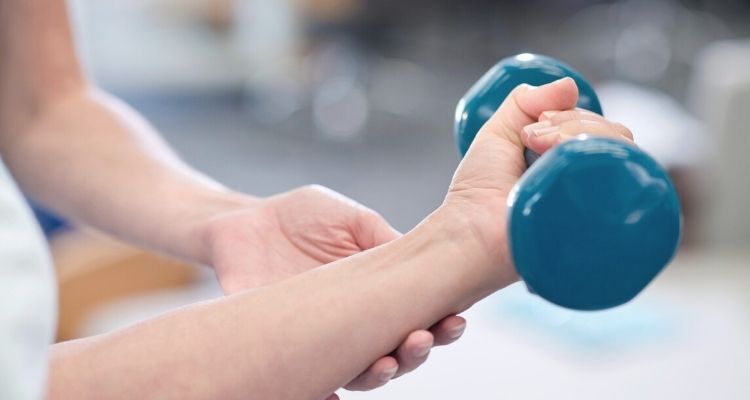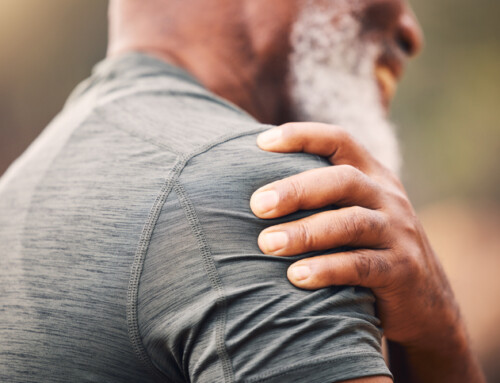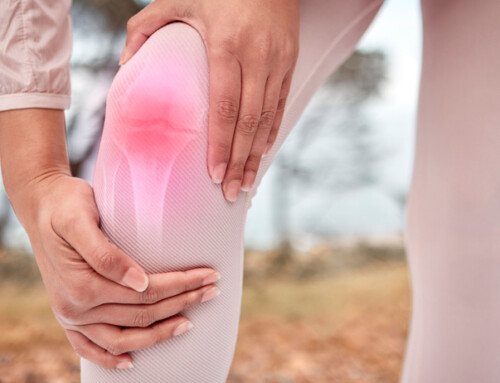
What is “Pre-Hab”?
Prehabilitation, or pre-hab for short, is often used as a pre-surgical method for preparing an individual for their surgical operation. Whether that be a total knee replacement, ACL tear, hip replacement, total shoulder replacement, or one of the many other surgeries performed across the world every day.
Pre-hab can be used as a method to enhance the functional capacity of an individual in preparation for inactivity and the stressors and trauma that a surgical operation causes the body. While many different professionals can perform pre-hab by analyzing the potential areas that may be impacted by a procedure, physical therapists are often denoted as the experts of movement and have the trained ability to assess a wider range of potential deficits to be addressed.
How Does Pre-Hab Apply to Athletes?
When applied to athletes, pre-hab can take on a form of injury prevention instead of preparing an individual for a procedure. Of course, pre-hab can provide the same benefits for an athlete that has already injured themselves as compared to a non-athlete; pre-hab as a prevention method could be a game changer.
For example, a biomechanical analysis of a baseball pitcher shows that he has scapular dyskinesis, an abnormal resting or active position of the shoulder blade due to repetitive use. This can cause the pitcher to experience greatly reduced external rotation of the humerus, or outward rotation of the upper arm, because of reduced scapular retraction, also resulting in subacromial impingement. To simplify, scapular dyskinesis is causing the pitchers shoulder blade and shoulder reduced movement as well as subacromial impingement. This pinching of the tendon of the rotator cuff muscle called the supraspinatus, causes pain and discomfort during movement.
A physical therapist can pre-hab this pitcher by increasing the flexibility of the shoulder blade as well as restore proper movement by eliminating trigger points, and re-establishing strength and proper movement patterns.
What Kind of Athletes Benefit From Pre-Hab?
Serious athletes such as those looking to prolong their sporting careers through injury prevention or those looking to take their game to the next level can benefit from pre-hab. With the rise of sport-specialization, many athletes are no longer cross-training in multiple sports. This can potentially harm the body by overworking the same muscles and biomechanical movements all year round. Athletes that participate in contact sports, or sports that record high percentages of injuries and even occasional exercisers and “weekend warriors”, can benefit from pre-hab.
Who Can Provide Pre-Hab?
A physical therapist is more than qualified to enact a pre-hab program. A PT can evaluate and treat virtually any biomechanical deficit for any kind of patient. Once the athlete has been evaluated, a personalized plan of care will be created by the PT that will address weaknesses or movement deficits tailored to the individual and the sport(s) that they are looking to participate in. In some cases, once the PT has corrected the athlete’s problem area(s), the athlete may still require additional strength that cannot be provided within certain clinics. Under these circumstances, a personal trainer may be recommended by the PT who can provide the athlete with a more rigorous strengthening program and continue the pre-hab process.
Contact us at 518-289-5242 for more information on prehabilitation .





